Barite, with a density of 4.2, is one of the most important minerals used as an additive in drilling mud for oil and gas wells. This substance acts as a “density reducing material” and aids in controlling the viscosity and density of the drilling mud to increase the final weight and hydrostatic pressure of the mud.
Barite contributes to increasing the density of the drilling mud, which is essential to counteract the high formation pressures in the depths of wells. Increased density helps prevent undesirable phenomena like the influx of gas or water into the well. Therefore, it assists in controlling formation pressures, stabilizes the borehole walls, and reduces the risk of blowouts or blowouts. Additionally, barite is inert, non-corrosive, and low in solubility, making it a safer environmental option for drilling operations.
Under high temperature and pressure conditions, barite 4.2 performs well due to its high resistance. It is commonly combined with other additives like carboxymethyl cellulose or bentonite to optimize the properties of the drilling mud.
Overall, barite with a density of 4.2 is an excellent choice for controlling the density and viscosity of drilling mud, contributing to cost reduction, increased efficiency, and environmental protection. This substance meets the API 13A standard and has a specific gravity of 4.2 g/cm3. In drilling mud, it is used as a weight-increasing material to provide a specific gravity of more than 75PCF in non-productive layers like Gachsaran.

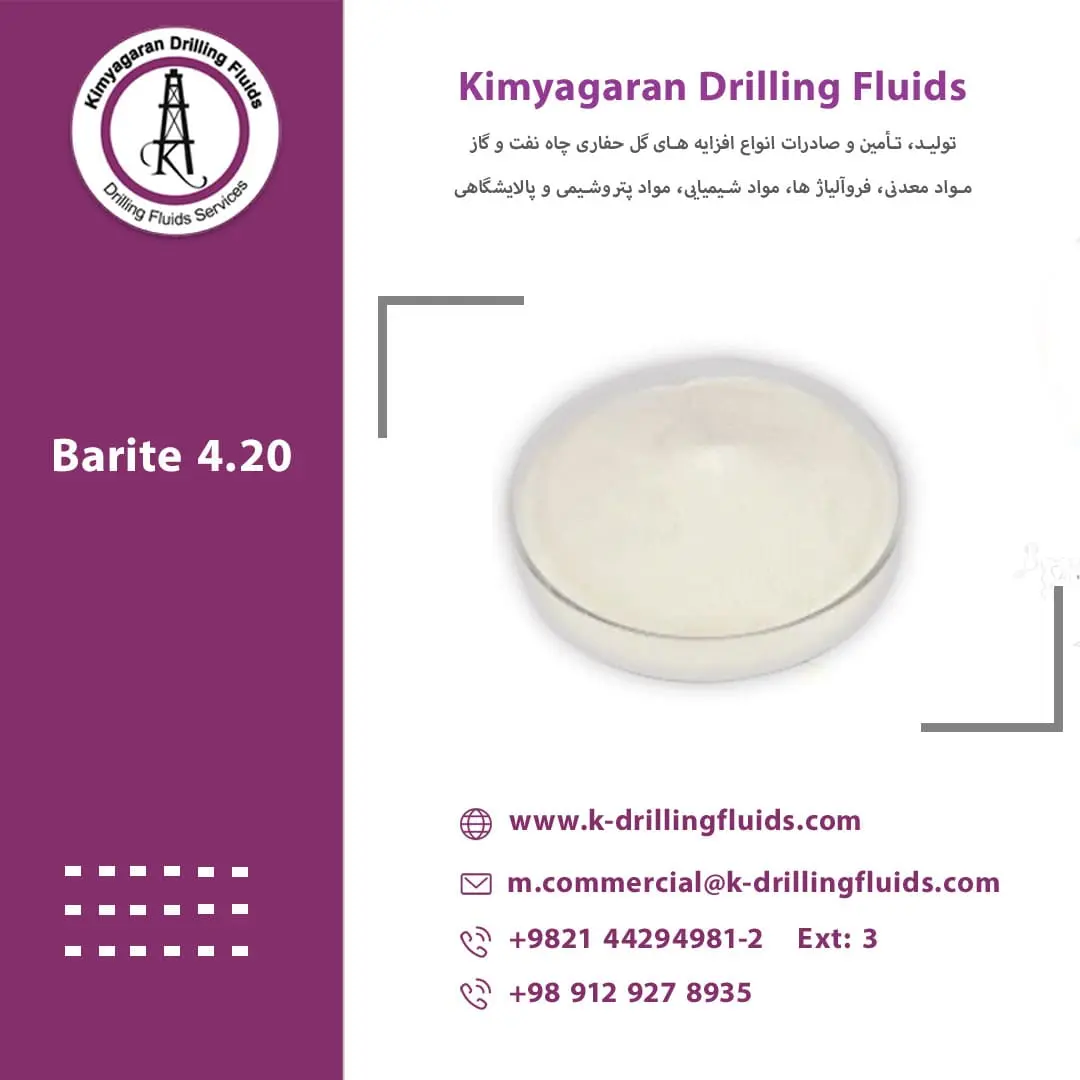
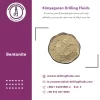
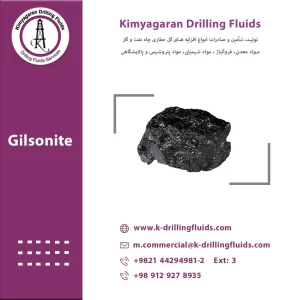
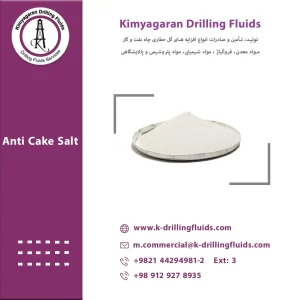
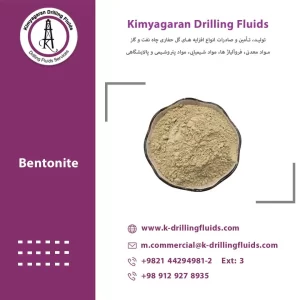
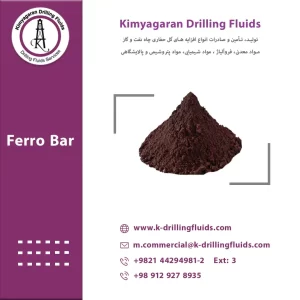
Reviews
There are no reviews yet.